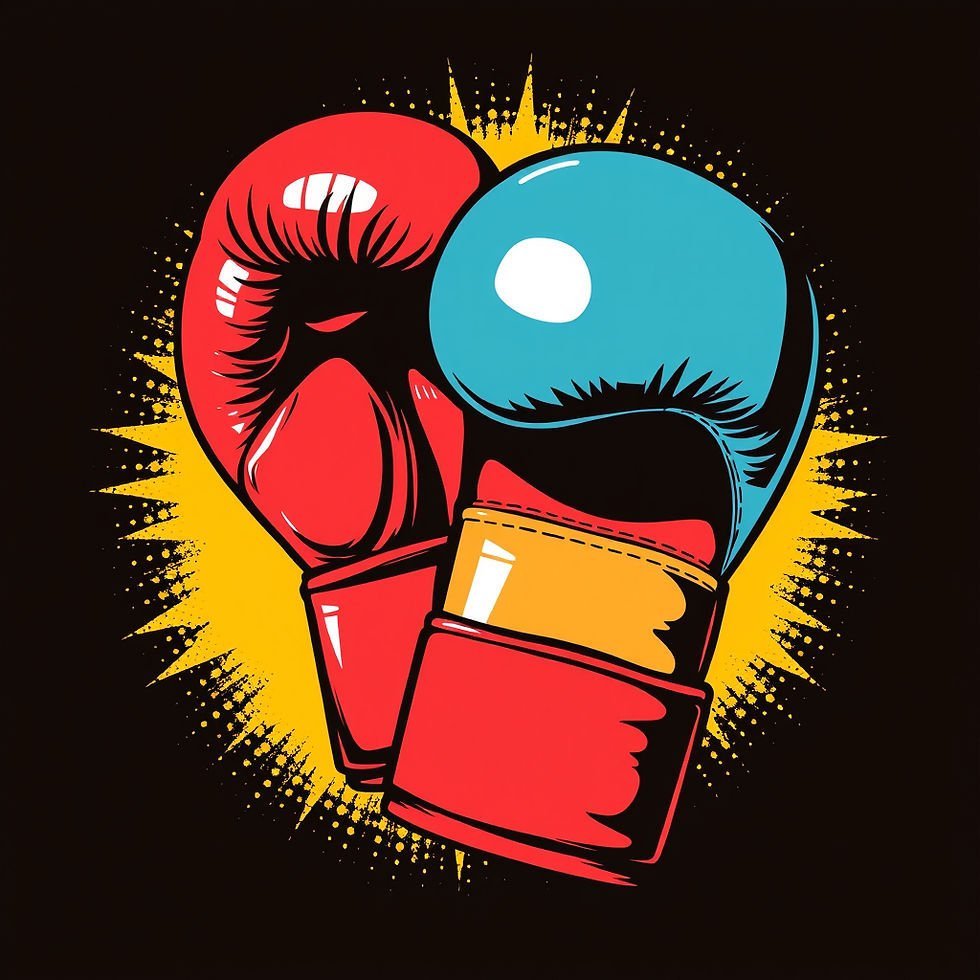The mirror moment: When your character finally sees themselves
- Krysia S.
- Sep 19
- 3 min read
There’s a moment—quiet, raw, and deeply human—when your protagonist looks inward and asks: “Who am I really? And what am I becoming?”
It’s the mirror moment, a term popularized by author and writing teacher James Scott Bell.

And while it might sound like a scene where your character literally looks into a mirror (sometimes they do!), it’s really about something far deeper.
It’s the moment when they’re forced to confront their internal truth—and decide whether they’re going to change or not.
In many ways, this is the pivot point of your story.
Let’s take a closer look at what the mirror moment is, why it matters, and how to write it powerfully.
what is the mirror moment?
The mirror moment happens around the midpoint of your story. It’s a beat of internal reckoning—when your protagonist is caught between who they were and who they could be.
They’re often:
Afraid
Frustrated
Disoriented
At a crossroads
Something has happened that shakes them up—maybe they’ve failed, maybe they’ve gotten what they wanted and realized it’s not enough, or maybe the cost of continuing forward has suddenly become real.
And in that moment, they pause.
They reflect.
They see themselves—flawed, struggling, vulnerable.
And they ask the question that will define the second half of the story:
Am I going to change—or not?
why it matters
The mirror moment is crucial because it anchors your character arc.
It connects the beginning of your story (who they were) to the ending (who they become). Without this moment of reflection, the transformation can feel unearned or unclear.
It also raises the emotional stakes. The reader now sees that the story isn’t just about what’s happening—it’s about who the character is becoming.
examples of mirror moments
Let’s look at some familiar stories:
The Hunger Games
Katniss, in the arena, realizes she’s becoming a killer in a game designed to destroy her humanity. She looks at herself—literally and figuratively—and questions who she’s turning into.
Legally Blonde
Elle realizes she’s been chasing her ex for validation, but she’s capable of so much more. Her mirror moment leads her to take herself seriously—and claim her identity on her own terms.
Spider-Man: Into the Spider-Verse
Miles Morales doubts whether he’s “ready” to be Spider-Man—until a quiet moment of reflection (with a literal mirror involved) helps him realize that the leap of faith is the only way forward.
how to write a powerful mirror moment
1. Build to it
Let the character face real obstacles, disillusionment, or partial success. The moment should feel earned. They’ve experienced enough to start questioning themselves.
2. Make it internal
This isn’t about plot—it’s about emotion. Let them reflect, ask questions, express doubt, or confront an old belief. Dialogue, inner monologue, or a literal mirror can all work.
3. Connect it to the theme
What is your story really about? The mirror moment should point directly to that core idea—whether it’s about identity, fear, love, power, trust, or self-worth.
4. Let it shift the story
This moment should change how your character moves forward. They may not be ready to act on it yet, but the seed is planted. The second half of the story grows from this moment of truth.
questions to help you find your character’s mirror moment
What fear or truth does my character need to face in this story?
What belief or identity is being challenged?
What moment forces them to see themselves in a new light?
How does this reflection change their choices moving forward?
The mirror moment is where your character meets themselves—often for the first time.
It’s where the emotional core of your story lives.
So if your story feels like it’s missing emotional weight or a clear midpoint, ask: When does my protagonist truly see who they are—and who they could become?
Because once they do, everything changes.




Comments